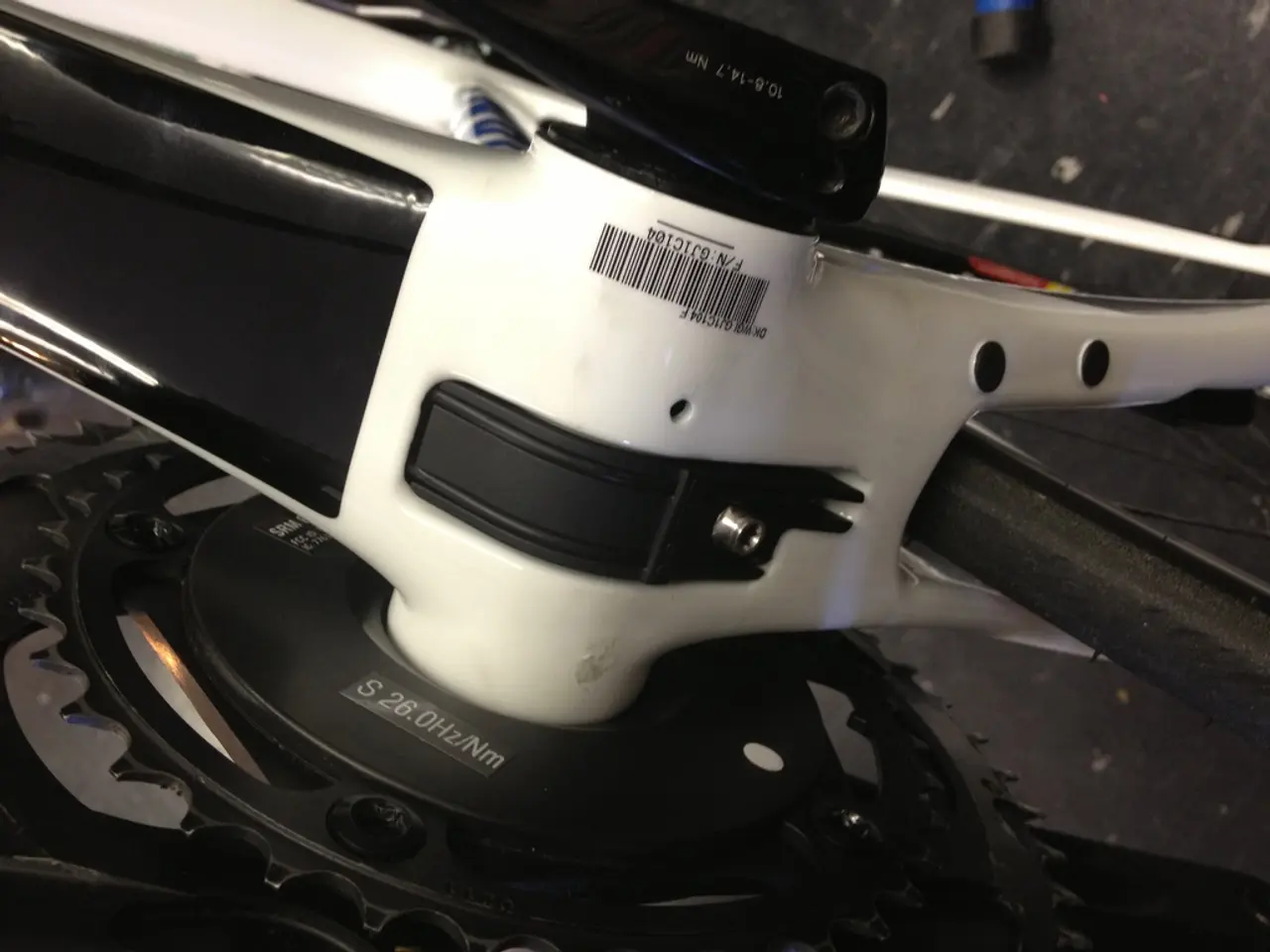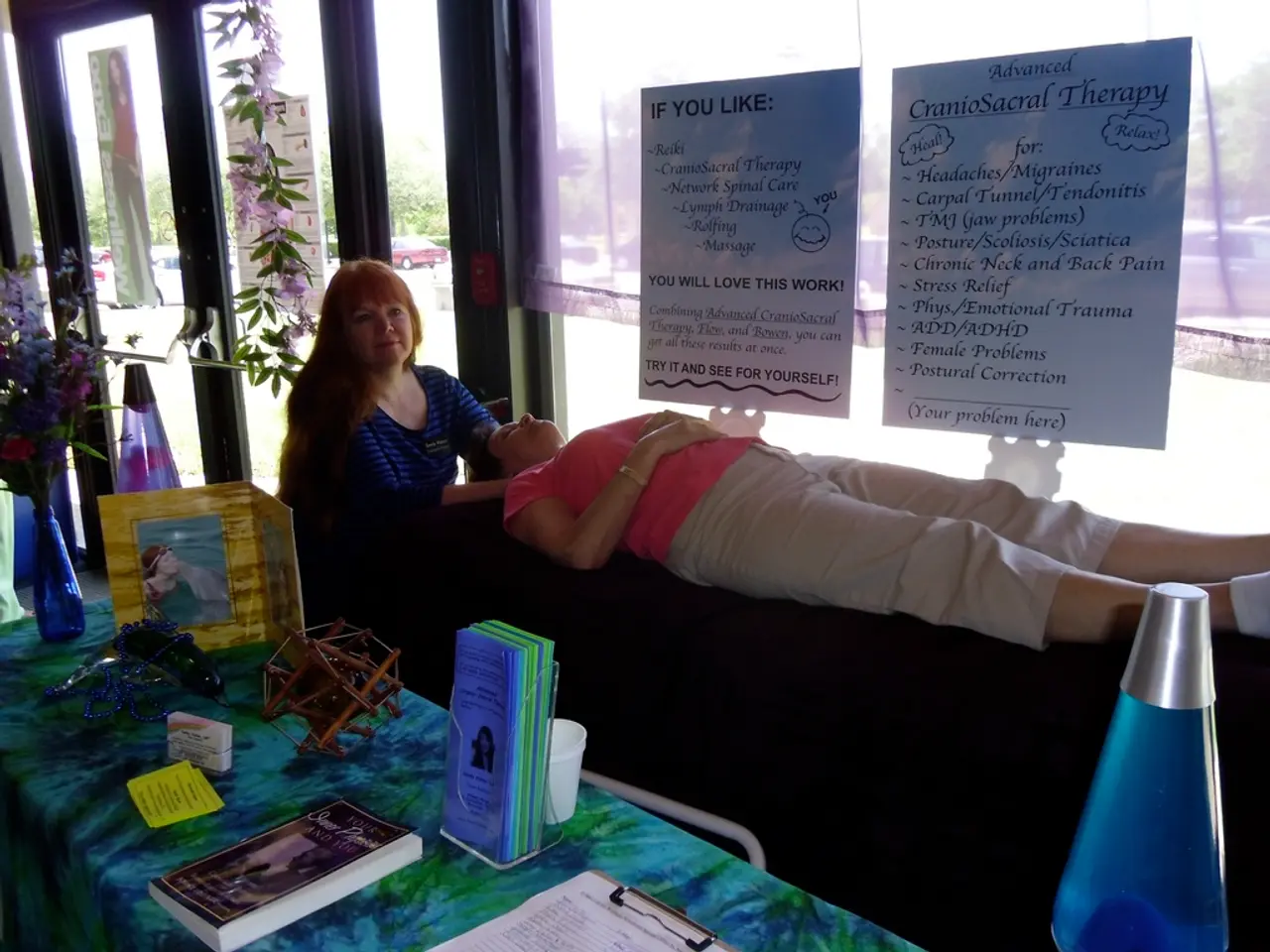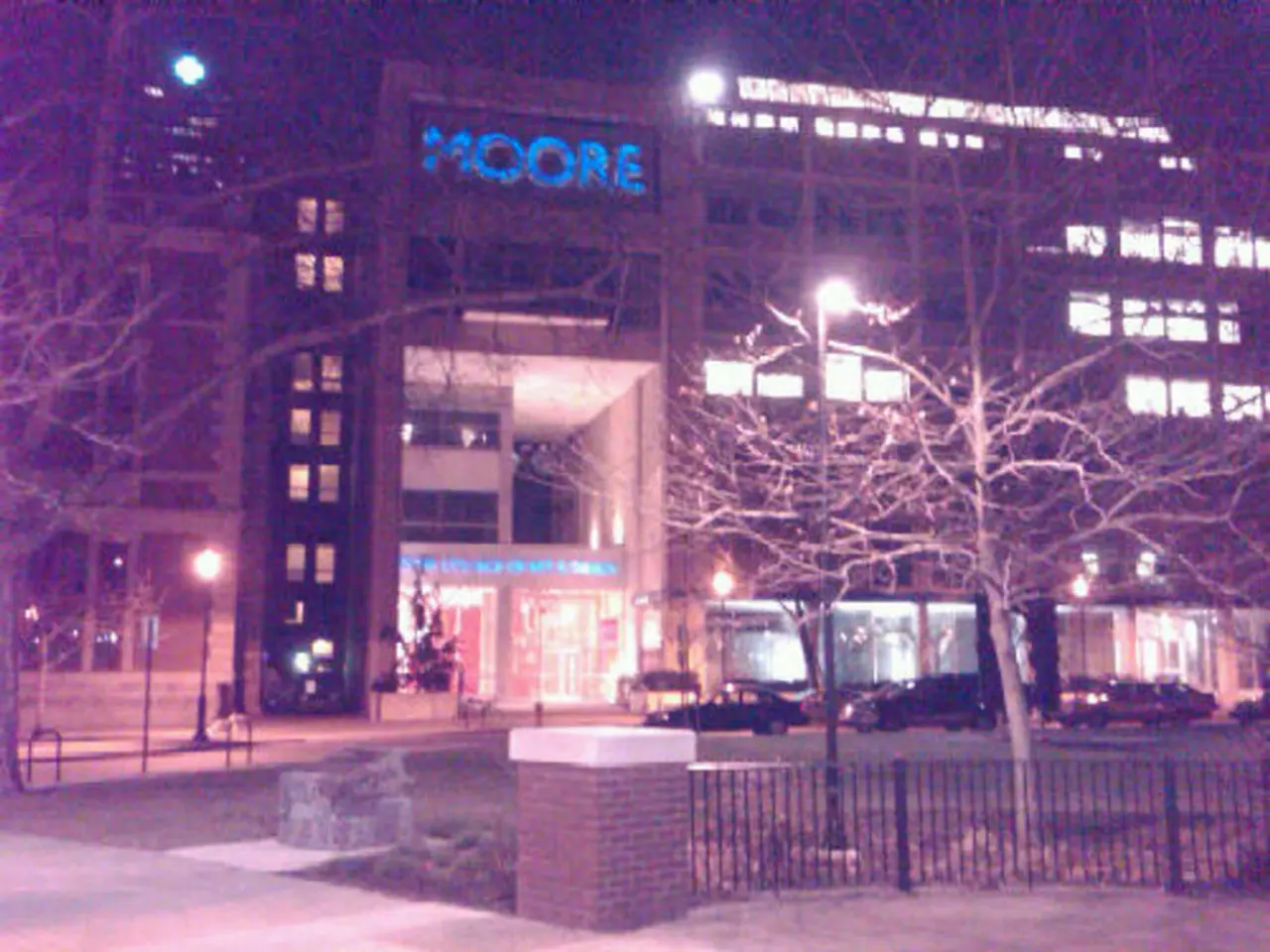Biceps Tendon inflammation: Origins, remedies, and healing duration
In the realm of sports injuries, biceps tendonitis is a common affliction that affects both athletes and non-athletes alike. This condition, which can occur in either the distal or proximal part of the bicep tendon, is often the result of repetitive motion, overuse, trauma, or degeneration with aging.
For those experiencing distal biceps tendonitis, symptoms may include pain and decreased strength in forearm flexion and supination, often due to partial or complete tears. Mild cases can be managed at home with rest, ice, and over-the-counter medication, but more severe tears may require surgical repair or tenodesis, especially for athletes.
On the other hand, proximal biceps tendonitis typically involves inflammation of the long head of the biceps tendon at the shoulder. Symptoms include front shoulder pain when moving or touching the area, sometimes accompanied by snapping sounds. Management for this type of tendonitis includes rest, avoiding aggravating activities, ice, anti-inflammatories, and physical therapy. In cases of partial or complete tendon tears, surgical options such as proximal biceps tenodesis or tenotomy may be necessary.
Diagnostic tools play a crucial role in identifying and assessing biceps tendonitis. MRI scans can show any tears of the tendon, enabling doctors to clearly assess the injury. X-rays, while unable to show soft tissues such as tendons, can help rule out other causes of symptoms.
In terms of initial treatment, the American Academy of Orthopaedic Surgeons (AAOS) recommends rest, ice, over-the-counter medication, physical therapy, and steroid injections for mild cases of bicep tendonitis. However, it's important to note that steroid injections can relieve pain and inflammation, but on rare occasions, they can cause further weakness to the tendon.
Recovery time for biceps tendonitis varies greatly depending on the severity of the injury. Mild tendonitis that a person can treat at home may resolve after 1-2 weeks, but recovery time will be longer for those requiring surgery.
Ultimately, it's essential for anyone experiencing symptoms of biceps tendonitis to discuss their options with a surgeon to ensure they receive the most appropriate care for their circumstances. By understanding the causes, symptoms, and treatment options for biceps tendonitis, individuals can take proactive steps towards managing this condition and returning to their normal activities as soon as possible.
- Seniors, due to degeneration with aging, might be prone to biceps tendonitis, a musculoskeletal disorder that affects the bones in the arm.
- Although biceps tendonitis is common in sports, it can also be a chronic medical condition for individuals with other musculoskeletal disorders.
- Health-and-wellness practices, such as rest, ice, and over-the-counter medication, can help manage mild cases of biceps tendonitis.
- In addition to biceps tendonitis, chronic diseases like chronic-kidney-disease may require therapies-and-treatments to ensure overall wellness.
- Medical-conditions like biceps tendonitis, chronic-diseases, and multiple other musculoskeletal disorders must be addressed with proper care and consultation with healthcare professionals.




